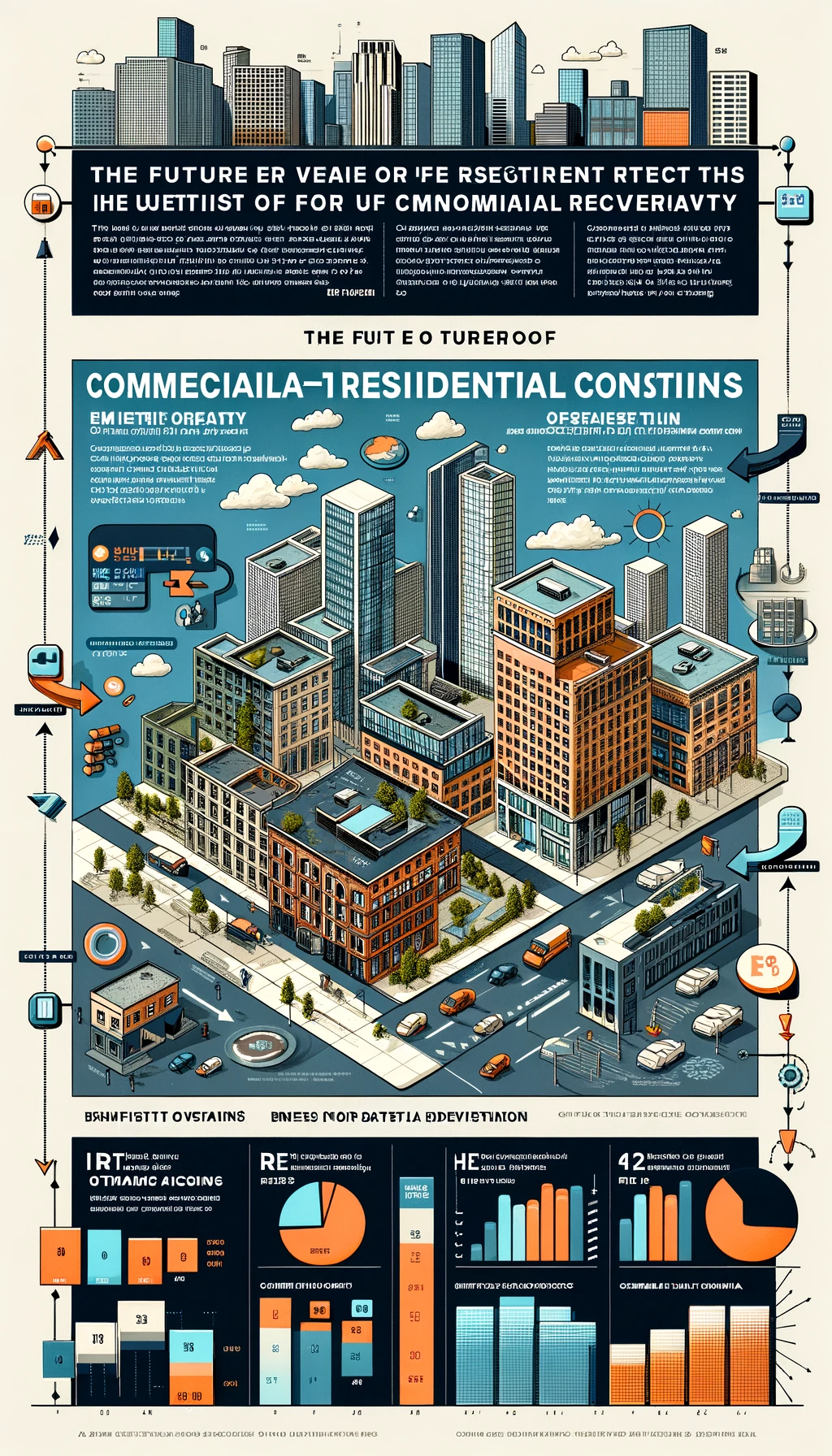
As the global economy tentatively advances towards recovery, the landscape of Real Estate Investment Trusts (REITs) and the commercial-to-residential conversion market is undergoing a significant transformation. The interplay between economic revitalization and the evolving dynamics of real estate investment is creating a complex mosaic of challenges and opportunities for REITs.
The pace of economic recovery is a pivotal factor that will shape the trajectory of the commercial real estate sector and, by extension, influence the financial stability and strategic direction of REITs. A robust economic rebound can stimulate demand for commercial real estate, bolstering the sectors that REITs heavily invest in, such as office spaces and retail. This uptick in demand can lead to enhanced occupancy rates, increased rental incomes, and a potential appreciation in property values.
However, the post-pandemic world presents an altered reality for commercial real estate, particularly in office and retail segments. The acceleration of remote work, the rise of e-commerce, and changes in consumer behavior have led to a reevaluation of the need for traditional commercial spaces. These shifts pose a challenge for REITs, as the underlying assets in their portfolios may no longer align with the emerging market demands.
In response to these evolving dynamics, the commercial-to-residential conversion market is gaining momentum. This trend is not merely a reaction to the temporary downturns in the commercial sector but a strategic adaptation to long-term changes in urban living and working patterns. Converting commercial properties into residential units or mixed-use developments offers REITs a viable avenue to diversify their portfolios and tap into the more stable residential market, which often exhibits resilience against economic fluctuations.
The financial attractiveness of such conversions is underscored by the potential for stable cash flows from residential units, in contrast to the more cyclical nature of commercial rents. Additionally, these conversions can contribute to urban revitalization, meeting the growing demand for housing in city centers and thus, driving up property values.
As REITs navigate this transformative landscape, their success will hinge on their ability to adapt to the changing market conditions. Strategic foresight, agility in asset management, and a keen understanding of the evolving urban demographics and lifestyle trends will be critical. Moreover, the integration of sustainability and technology in property development and management will play a crucial role in aligning REITs with future market expectations and regulatory requirements.
In conclusion, the future of REITs in the post-pandemic world is intrinsically linked to the broader economic recovery and the sector’s ability to adapt to the new normal of real estate demand. While challenges abound, the shifting landscape also presents unique opportunities for REITs to redefine their investment strategies, diversify their portfolios, and play a pivotal role in shaping the urban environments of tomorrow. As the economy strides towards recovery, the agility of REITs to respond to these changes will not only dictate their financial performance but also their contribution to the evolving tapestry of urban real estate.